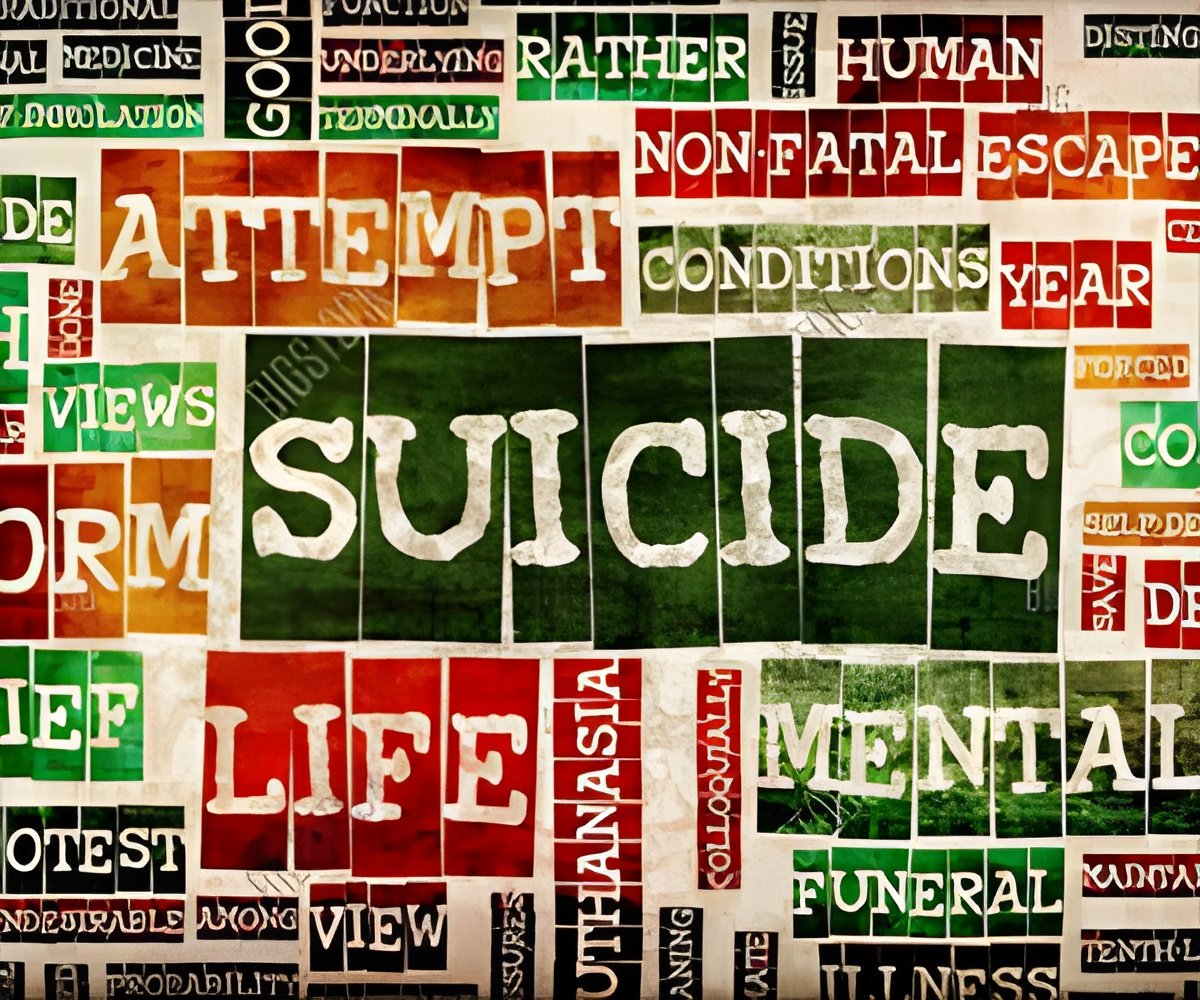Suicidal patients following emergency department discharge can be benefited through interventions like phone calls, reveals study.

‘Interventions like phone calls can significantly cut down suicide attempts following the Emergency department discharge.’





The year-long trial, which involved 1,376 patients in eight locations nationwide, provided suicidal patients with interventions that included specialized screening, safety planning guidance and follow-up telephone calls."People who are suicidal are often disconnected and socially isolated," said study co-author Dr. Michael Allen, MD, professor of psychiatry and emergency medicine at the Helen and Arthur E. Johnson Depression Center at CU Anschutz. "So any positive contact with the world can make them feel better."
Allen is also medical director of Rocky Mountain Crisis Partners in Denver which has already implemented a similar program where counselors call suicidal patients following their discharge from Emergency Departments (EDs).
Suicide is the 10th leading cause of death in the U.S. In 2015, there were 44,193 deaths by suicide nationally. Over one million people attempt to take their own life every year.
Colorado routinely ranks among the top 10 states for suicide with about 1,000 deaths a year. Last year, it was number seven in the country. The state Legislature has set a goal of reducing suicides by 20 percent by 2024.
Advertisement
"We call them up to seven times to check on them after discharge," he said. "If they aren't there we leave a message and call again. For many, this telephone call is all they get."
Advertisement
"We don't need more brick and mortar buildings, we can reduce suicide risk by simply calling people on the phone," Allen said.
His colleague and study collaborator Dr. Emmy Betz agreed.
"Telephone follow-up programs offer a great way to help bridge an ED visit to outpatient mental health care and hopefully save lives," said Betz, an associate professor of emergency medicine at CU Anschutz who has conducted extensive research on suicide. "It would be great to see such programs become more widely implemented. Suicide is a leading cause of death, especially in Colorado, and a shortage of inpatient and outpatient mental health care options make innovative approaches like telephone counseling even more attractive."
The study was led by Brown University and Butler Hospital psychologist Ivan Miller.
Miller, a professor of psychiatry and human behavior at the Warren Alpert Medical School of Brown University, said he was encouraged that they were able to impact suicide attempts among this population with a relatively limited intervention.
While suicide prevention efforts such as hotlines are well known, published controlled trials of specific interventions are much rarer, Miller said.
"We were happy that we were able to find these results," he said.
This report was one of several from the Emergency Department Safety Assessment and Follow-up Evaluation (ED-SAFE) study led by Miller, Professor Edwin Boudreaux of the University of Massachusetts and Dr. Carlos Camargo of Massachusetts General Hospital and Harvard University.
Dr. Betz was the principal investigator for Colorado's ED-SAFE site.
The trial took place in three phases to create three comparison groups. In the first phase, 497 patients received each ED's usual treatment as a control group. In phase two universal screening was implemented and 377 patients received additional attention in the ED. In the third phase, 502 patients received the experimental intervention.
Those patients received the same Phase 2 care including additional suicide screening from ED physicians, suicide prevention information from nurses and a personal safety plan they could fill out to prepare for times when they might begin harboring suicidal thoughts again.
Over the next year, they also received periodic phone calls from trained providers at Butler Hospital in Providence, R.I., who would discuss suicide risk factors, personal values and goals, safety and future planning, treatment engagement, and problem solving.
The number of suicide attempts and the proportion of people attempting suicide declined significantly in the intervention group compared to treatment as usual. The middle group, which received only additional screening, did not show a significant drop compared to the treatment as usual group.
"This is a remarkably low cost, low tech intervention that has achieved impressive results," Dr. Allen said.
Source-Eurekalert









